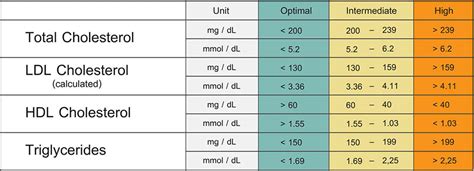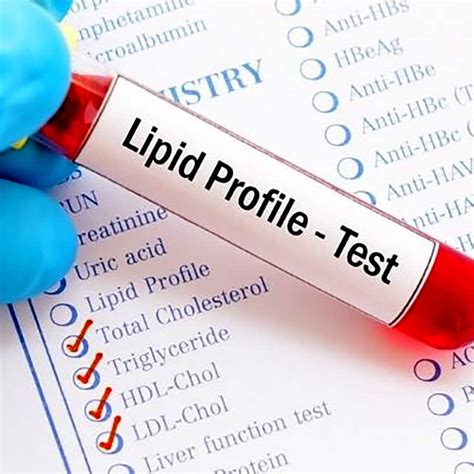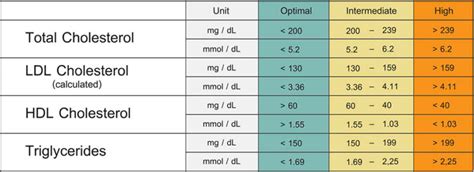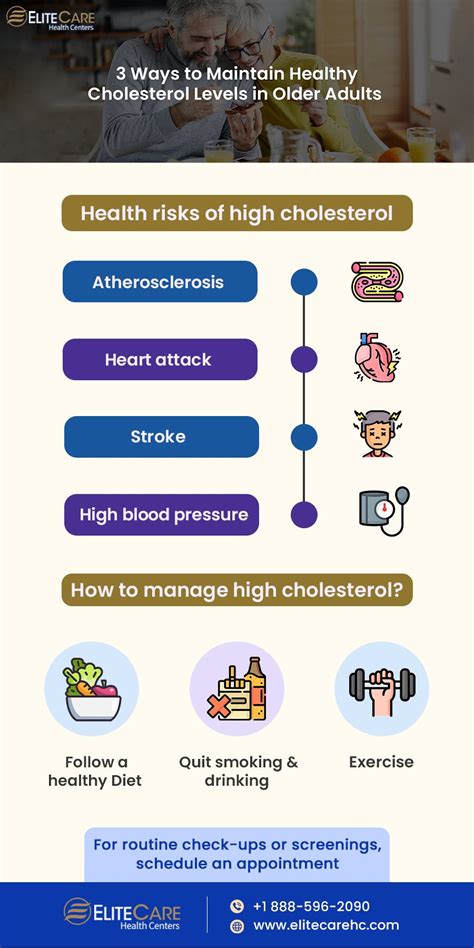Intro
Discover 5 essential lipid blood test tips to manage cholesterol levels, triglycerides, and HDL/LDL ratios, ensuring accurate diagnosis and effective treatment of hyperlipidemia and cardiovascular disease risk factors.
Understanding lipid blood tests is crucial for maintaining good health, as they help identify potential risks for heart disease and other cardiovascular conditions. Lipid profiles, also known as lipid panels, measure the levels of different types of cholesterol and triglycerides in the blood. This information is vital for diagnosing and managing conditions related to abnormal lipid levels. In this article, we will delve into the importance of lipid blood tests, their components, and provide valuable tips for preparing for and understanding these tests.
Lipid blood tests are a standard diagnostic tool used by healthcare providers to assess an individual's risk of developing cardiovascular diseases. The test measures the levels of low-density lipoprotein (LDL) cholesterol, high-density lipoprotein (HDL) cholesterol, and triglycerides. Each of these components plays a significant role in the body's overall health, and their levels can indicate the presence of certain health issues. For instance, high levels of LDL cholesterol can increase the risk of heart disease, while high levels of HDL cholesterol are associated with a lower risk.
The importance of lipid blood tests cannot be overstated, as they provide crucial information for the prevention and management of cardiovascular diseases. By understanding the results of these tests, individuals can make informed decisions about their lifestyle and dietary habits, potentially reducing their risk of developing heart disease and other related conditions. Moreover, lipid blood tests can help healthcare providers diagnose and treat conditions such as hyperlipidemia, which is characterized by elevated levels of lipids in the blood.
Understanding Lipid Blood Tests

Components of a Lipid Profile
A lipid profile typically includes the following components: * LDL cholesterol: This is the "bad" cholesterol that can increase the risk of heart disease. * HDL cholesterol: This is the "good" cholesterol that helps remove excess cholesterol from the bloodstream. * Triglycerides: This is a type of fat found in the blood, and elevated levels can increase the risk of heart disease. * Total cholesterol: This is the sum of LDL and HDL cholesterol, and it provides an overall picture of an individual's cholesterol levels.Preparing for a Lipid Blood Test

Tips for Accurate Results
To ensure accurate results, follow these tips: * Schedule the test in the morning: This is when your cholesterol and triglyceride levels are typically at their highest. * Avoid strenuous exercise: Exercise can affect your lipid levels, so it's best to avoid strenuous exercise for 24 hours before the test. * Get enough sleep: Lack of sleep can affect your lipid levels, so it's essential to get enough sleep before the test.Interpreting Lipid Blood Test Results

Understanding Your Risk
Understanding your risk of developing cardiovascular disease is crucial for making informed decisions about your health. Your healthcare provider can help you understand your risk based on your lipid blood test results and other factors, such as your family history, age, and lifestyle.Maintaining Healthy Lipid Levels

Additional Tips
Here are some additional tips to help you maintain healthy lipid levels: * Limit saturated and trans fats: These types of fats can increase LDL cholesterol and triglycerides. * Choose healthy fats: Fats like avocado, nuts, and olive oil can help raise HDL cholesterol and lower triglycerides. * Get enough omega-3 fatty acids: Omega-3 fatty acids can help lower triglycerides and reduce inflammation.Common Mistakes to Avoid

Avoiding Misinterpretation
Avoiding misinterpretation of lipid blood test results is crucial for making informed decisions about your health. Here are some tips to help you avoid misinterpretation: * Consult with your healthcare provider: Your healthcare provider can help you understand your results and provide guidance on what to do next. * Consider your overall health: Your lipid levels are just one aspect of your overall health, so it's essential to consider your overall health when interpreting your results. * Don't make drastic changes: Making drastic changes to your diet or lifestyle based on a single test result can be harmful, so it's essential to consult with your healthcare provider before making any changes.Conclusion and Next Steps

We encourage you to share your thoughts and experiences with lipid blood tests in the comments below. If you have any questions or concerns, please don't hesitate to reach out to your healthcare provider. By working together, we can promote healthy lifestyles and reduce the risk of cardiovascular disease.
What is a lipid blood test?
+A lipid blood test is a diagnostic tool used to measure the levels of different types of cholesterol and triglycerides in the blood.
How do I prepare for a lipid blood test?
+To prepare for a lipid blood test, you should fast for 9-12 hours before the test, avoid eating high-fat foods, stay hydrated, and inform your healthcare provider about any medications you're taking.
What do the results of a lipid blood test mean?
+The results of a lipid blood test can indicate your risk of developing cardiovascular disease. Your healthcare provider can help you understand your results and provide guidance on what to do next.
How can I maintain healthy lipid levels?
+To maintain healthy lipid levels, you should eat a healthy diet, exercise regularly, maintain a healthy weight, and quit smoking.
What are some common mistakes to avoid when it comes to lipid blood tests?
+Some common mistakes to avoid when it comes to lipid blood tests include not fasting before the test, not informing your healthcare provider about medications, and not getting enough sleep.
